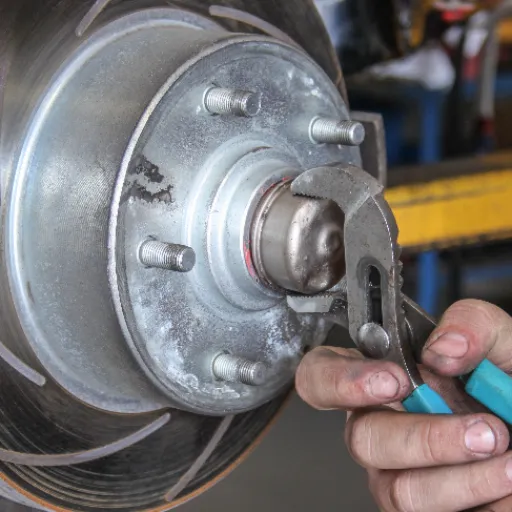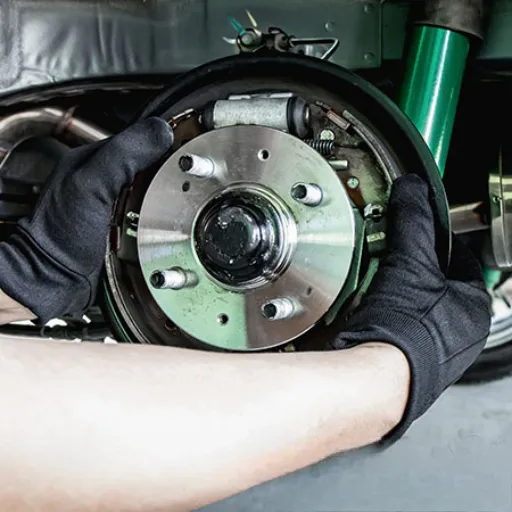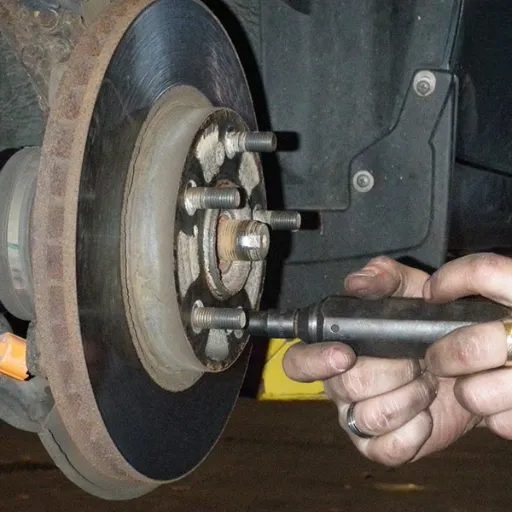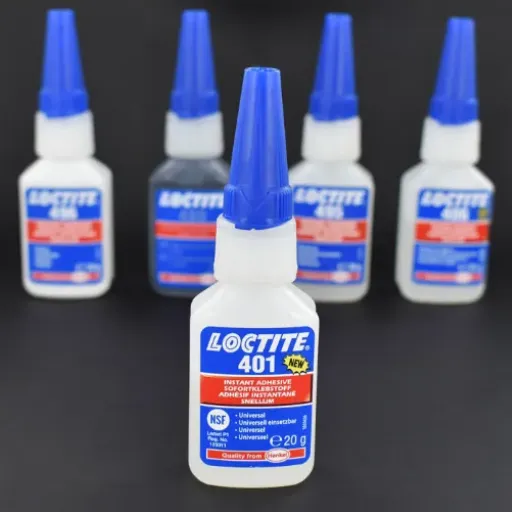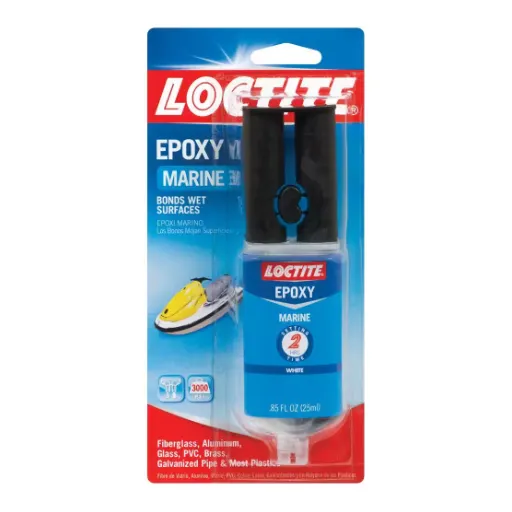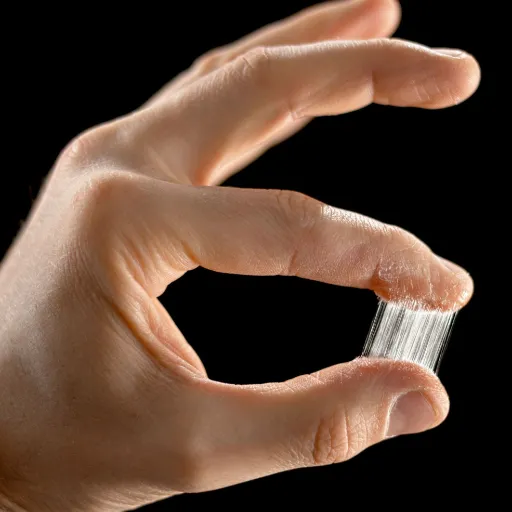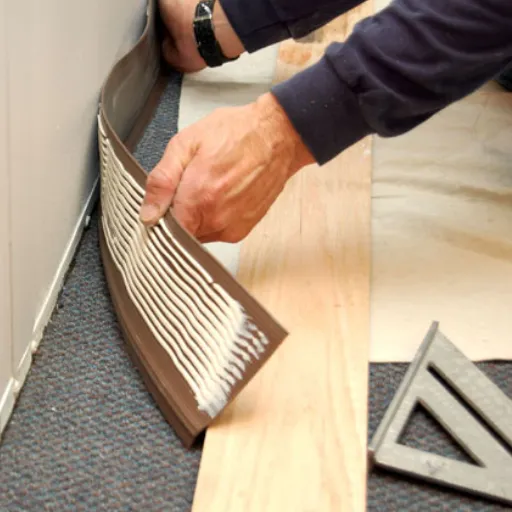When it comes to adhesives, hobbyists and professionals alike often find themselves choosing between different types of glue for their projects. Understanding the differences between Gorilla Glue and Super Glue can help you make the right choice for your specific needs, whether you’re working on puzzle projects, repairs, or crafts.
Understanding Types of Glue
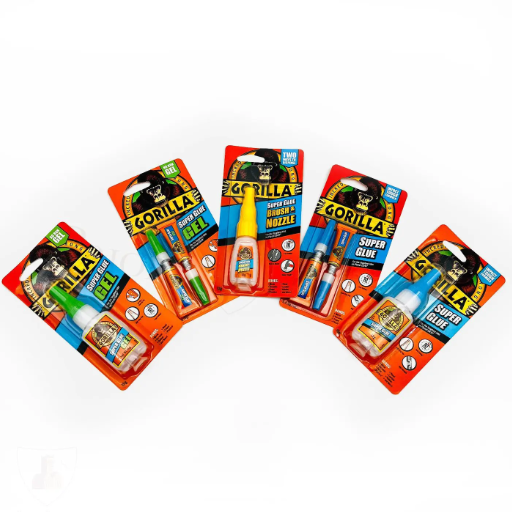
Gorilla Glue and Super Glue are fundamentally different in their ingredients, bonding processes, and intended applications. While Super Glue uses water to cause effective bonding, making it excellent for porous substrates like ceramics and woods, it requires extended drying periods to achieve full rigidity.
Super Glue is characterized as a fast adhesive designed for cyanoacrylate bonding. It works exceptionally well on smooth, closed-pore surfaces, creating instant chemical bonds with metal, plastic, or glass. However, it loses effectiveness on rough or textured surfaces compared to Gorilla Glue.
What is Gorilla Glue?
Gorilla Glue is a famous example of polyurethane adhesive with an unmatched reputation for high adhesion and adaptability. It performs exceptionally well in bonding different materials including:
- Wood
- Stone
- Metals
- Ceramics
- Foams
- Various types of plastics
What is Super Glue?
Super Glue, scientifically known as cyanoacrylate adhesive, is an instant bonding industrial and domestic adhesive. It cures within seconds upon contact with water and is versatile enough to bond:
- Plastic
- Wood
- Ceramic
- Paper
- Rubber
- Leather
- Glass
Detailed Comparison: Gorilla Glue vs Super Glue
| Parameter | Gorilla Glue | Super Glue |
|---|---|---|
| Bonding Strength | Very strong for porous materials | Strong for non-porous surfaces |
| Drying Time | 1-2 hours | 10-45 seconds |
| Water Resistance | Waterproof | Limited water resistance |
| Surface Compatibility | Works on many materials | Best for smooth and dry surfaces |
| Flexibility After Curing | Retains some flexibility | Dries rigid and brittle |
| Gap-Filling Ability | Excellent | Poor |
| Indoor/Outdoor Suitability | Suitable for both | Primarily indoor use |
| Temperature Resistance | High resistance | Moderate resistance |
| Longevity of Bond | Long-lasting | Temporary under stress |
| Toxicity | Low toxicity once cured | Low, but bonds skin instantly |
Chemical Composition and Bonding Mechanisms
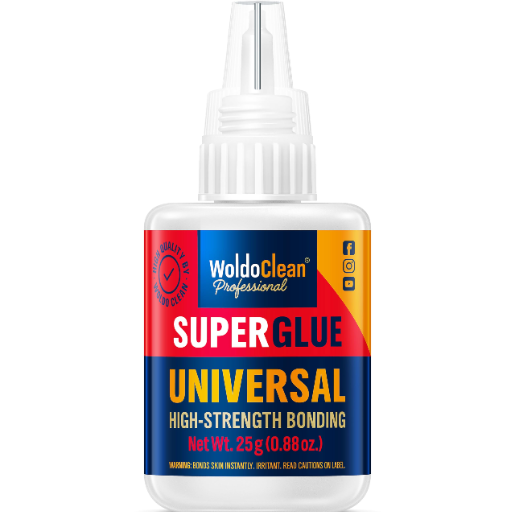
Chemical Composition of Gorilla Glue
Gorilla Glue achieves its adhesive properties through a unique interaction with moisture. The isocyanate compounds in polyurethane adhesives interact with water molecules to create urethane bonds. This process also produces carbon dioxide as a byproduct, causing the glue to expand and fill gaps effectively.
Chemical Composition of Super Glue
Ethyl cyanoacrylate, the main component of Super Glue, is a fast-acting monomer that reacts instantly with water. The adhesive undergoes an ionic reaction when it meets even trace amounts of atmospheric moisture, forming polymer chains that create a solid bond.
Bonding Strength Analysis
Testing bonding ability involves multiple factors including materials, environmental conditions, and adhesive properties:
- Cyanoacrylate (Super Glue): Known for high tensile strength, capable of forming bonds up to 3,500 psi on smooth surfaces
- Epoxy adhesives: Can achieve higher bonding strength ranging from 5,000 to 6,000 psi, making them ideal for heavy-duty applications
Curing Times and Application
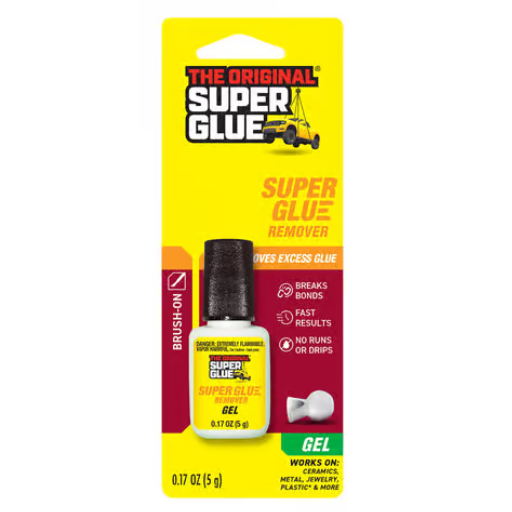
Curing Time for Gorilla Glue
- Full cure: 24 hours
- Handling strength: 1-2 hours
- Optimal temperature: 40°F to 100°F
- Humidity requirement: Medium moisture levels needed for activation
Curing Time for Super Glue
- Initial bond: Few seconds to minutes
- Full strength: 24 hours recommended
- Optimal temperature: 68°F to 77°F
- Humidity requirement: 40-60% relative humidity
Step-by-Step Application Guide
1Surface Preparation
- Clean bonding surfaces thoroughly to remove dirt, grease, or debris using isopropyl alcohol
- Allow surfaces to dry completely before proceeding
- Lightly scuff smooth surfaces with fine grit sandpaper when needed
2Adhesive Application
- Apply adhesive uniformly on one surface using appropriate applicator
- Use recommended thickness: 0.005–0.015 inch (0.127–0.381 mm)
- Avoid excessive application to prevent blowouts or extended curing times
3Mating the Surfaces
- Position components correctly without movement before attachment
- Apply light pressure to the sandwich surfaces together
- Use clamps or fixtures when necessary to prevent separation during cure
4Curing and Final Steps
- Maintain constant temperature (18°C to 25°C) and 40-60% relative humidity
- Keep parts undisturbed for minimum 30 minutes
- Allow full cure time of 24-48 hours depending on application
- Inspect bond for evenness and conduct stress testing if necessary
Best Use Cases for Different Materials

Metals
- Perfect for high-load applications requiring extra strength and longevity
- Ideal for structural bonding in vehicles, aircraft, or industrial machines
- Clean parts and apply primer to facilitate adhesion
Plastics
- Good for light applications in electronics or general low-load requirements
- Choose adhesive systems designed for low surface energy substrates like polyethylene or polypropylene
Wood
- Excellent for furniture work, cabinet assembly, and DIY projects
- Use with clamps or pressure devices to ensure tight bond during curing
Glass
- Most appropriate for aesthetic or functional applications like windows and display panels
- Choose optically clear or UV-resistant adhesives for maximum clarity and durability
Specific Application Scenarios
Using Gorilla Glue on Wood and Ceramics
When working with wood and ceramics simultaneously, Gorilla Glue offers versatility and high bonding strength. For optimal results:
- Ensure both surfaces are clean, dry, and free from contaminants
- Slightly dampen ceramic surfaces as Gorilla Glue activates with moisture
- Apply thin layer to one surface only
- Account for expansion during application to avoid leakage
- Allow at least 24 hours for maximum strength before handling
Using Super Glue on Plastic and Metal
Super Glue excels at joining plastics and metals due to fast curing and strong adhesion:
- Clean both surfaces thoroughly with isopropanol
- For metals: lightly abrade with fine sandpaper to enhance bonding
- For plastics like polyethylene or polypropylene: use primer or surface activator
- Apply minimal amount to avoid excess squeeze-out
- Hold surfaces together for 30-60 seconds
- Allow full 24-hour cure for maximum strength
Fabric Adhesion: Gorilla vs Super Glue
| Aspect | Gorilla Glue | Super Glue |
|---|---|---|
| Effectiveness on Fabric | Excellent for porous surfaces | Limited effectiveness, may stiffen fabric |
| Flexibility | Maintains flexibility after curing | Becomes rigid and brittle |
| Washing Resistance | Handles continuous laundering well | Poor resistance to washing and moisture |
| Best Use | Textiles requiring flexibility and durability | Minor tears only, not recommended for regular use |
Expert Advice on Choosing the Right Glue
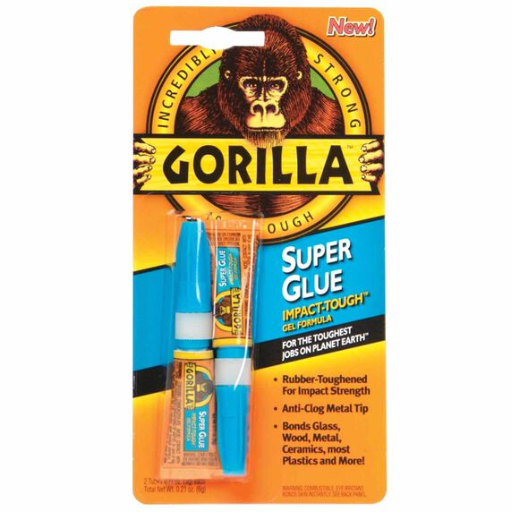
Consider these key factors when selecting adhesive:
Material Compatibility
Choose adhesives based on substrate absorption capabilities. Gorilla Glue works best with porous materials like wood and fabric, while Super Glue excels on smooth materials like metal and plastic.
Flexibility Requirements
For surfaces subject to bending or movement, use flexible adhesives like Gorilla Glue. Avoid Super Glue for applications requiring flexibility as it becomes hard and brittle.
Environmental Exposure
For moisture or high-temperature exposure, choose epoxy or polyurethane glues that won’t separate under extreme conditions.
Curing Time
Consider project timeline needs. Super Glue cures in under a minute for quick fixes, while other adhesives may take longer but offer superior alignment opportunities.
Determining the Best Glue for Your Project
The quest for ideal adhesive involves several parameters to ensure efficiency and durability:
- Material Assessment: Different materials require specific adhesive formulations for optimal bonding
- Environmental Conditions: Consider outdoor exposure, thermal gradients, and moisture exposure
- Load-Bearing Requirements: Heavy loads require structural adhesives like two-component epoxy systems
- Advanced Options: UV-curing adhesives offer fast curing and controlled polymerization for complex applications
Surface Preparation for Optimal Adhesion
Proper surface treatment is essential for maximum adhesive performance:
- Basic Cleaning: Use isopropyl alcohol to remove oxides, grease, and contaminants
- Mechanical Preparation: Light abrading or roughening for better mechanical bonding
- Advanced Treatments: Plasma processing or chemical treatments for specialized applications
- Environmental Control: Minimize moisture and dust during bonding process
Reference Sources
-
Restoration Efforts Using Fragmented Massive Corals:
- Key Findings: This study explored methods for coral restoration, including the use of polyurethane waterproof glue (Gorilla Glue) to attach coral fragments to ceramic plugs. The research highlighted the effectiveness of Gorilla Glue in underwater applications.
-
Comprehensive Hydrodynamic Investigation of Zebrafish Tail Beats:
- Key Findings: Gorilla Glue was used as a polyurethane adhesive to attach components in a microfluidic device. The study focused on hydrodynamic investigations rather than the adhesive properties of the glue.







